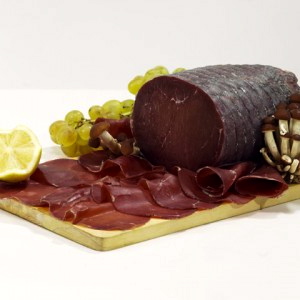
Often the simplest things in life are the most beautiful. The things we take for granted – golden leaves, a sparrow’s song, ripening berries peeping through hedgerows , snow drops peeking out from under the soil where they have slept peacefully during the dark drear months of winter.
And so it is with food – often food stuffs we overlook or turn our nose up at can provide delectable surprises. Inexpensive and warming when the wet weather whirls its way through our world.
Take the humble tin of corned beef. I loathed it as a child – all my sandwiches on school trips seemed to contain nothing else but slabs of it and I found it hard to swallow. I remember my Granddad telling me tales of WW1 and life in the trenches when frequently the only dish on offer was tinned ‘bully beef’ as he called it. Sounded grim!
The stuff sold in cans gets its name from the corns, or grains of salt, that are used to preserve it. The beef is chopped up and preserved with salt – sometimes it was brine – and canned with beef fat and jelly. When I was young there seemed to be too much of the jelly for my liking! Today most of the corned beef in cans comes from Uruguay or Brazil.
It was first mentioned in 1621 in a recipe of one Robert Burton in his ‘Anatomy of Melancholy‘ -clearly he too had been getting corned beef sandwiches too often in his packed lunch!
Anyway, he writes ‘ Beef…corned, young of an Ox.’ He also mentions that you could get corned pork . Corned beef in many parts of the world refers to salt beef – a wonderful cut from the brisket – we used to eat a lot of it when we lived in New Zealand. Corned beef in the UK means the stuff that comes in those trade mark rectangular cans with the pesky winding key opener.
The Irish eat a lot of it apparently, especially on St Patrick’s Day – a combination of corned beef heated through with cooked cabbage. And of course there is the traditional corned beef hash which improved my opinion of the stuff when my folks made this stew in my early teens. Great with lashings of brown sauce. Corned beef also gets used in lots of pasties sold in the chains of high street bakers.
But, my favourite way of eating it – and I have made this for many a long year, going back to my thrifty student days, is a Corned Beef Chilli.
I cannot explain how good this dish is – and I know some folk out there will be grimacing or even switching to another blog at this point – which is a pity – because, as I said to begin with – the simplest and often the cheapest dishes are the best. Right, assuming you are all still with me….! The recipe!
For 4
1 can of corned beef chopped into chunks.
1 red onion chopped
1 clove of garlic chopped
3 chillies deseeded and chopped – I use 2 red and 1 green
2 x 400gm chopped tinned tomatoes
1 tablespoon of cumin seeds
A bunch of fresh coriander (cilantro)
500 gm rigatoni pasta (for some odd reason, it goes far better with pasta than rice – believe me.
In a frying pan, heat some olive oil and pan fry the onions, garlic, chillies, and cumin seeds.

Let the onions soften, then add the tinned tomatoes and bring to a good simmer. Cook for about 20 minutes on a low heat.
Then add the corned beef and stir around gently. Now add three quarters of the bunch of coriander chopped. Stir again. Let it simmer whilst you cook your pasta. It can happily sit there for another 40 minutes or so, getting thicker and hotter.
Serve the pasta in bowls and spoon over the corned beef chilli. Add a sprinkle of chopped coriander to each bowl.
It is like no other chilli you will have tasted and everyone for whom I have cooked it has been amazed at the flavour and deliciousness of this dish.
Thanks, Bonnie, for the inspiration. A wonderful painting to go with a wonderful winter warmer of a meal!

























